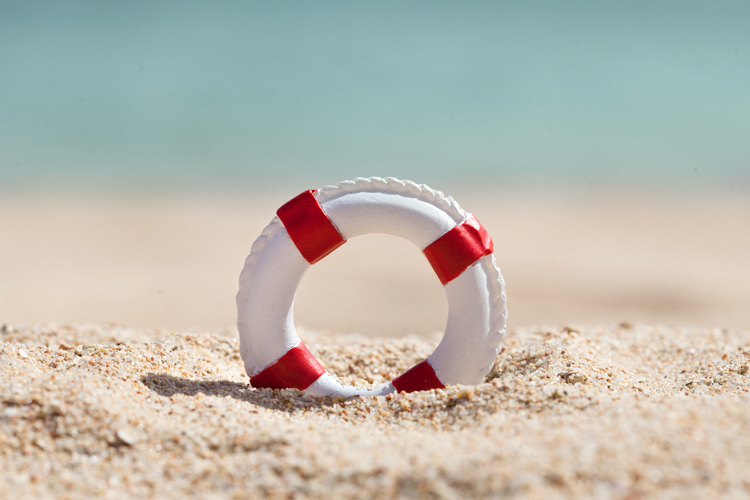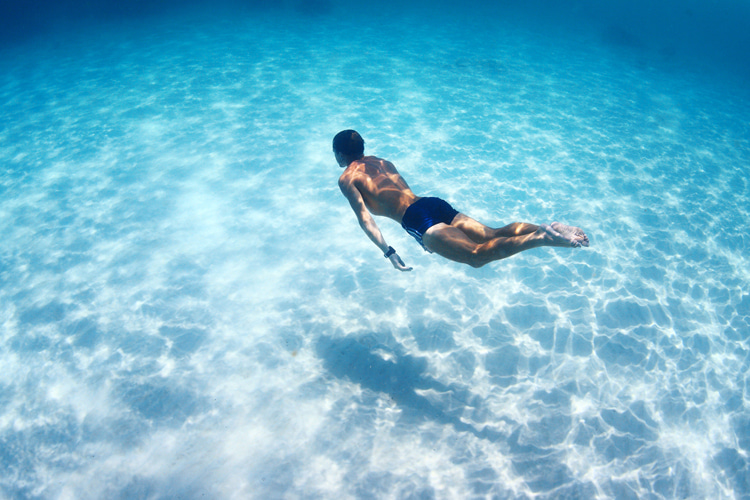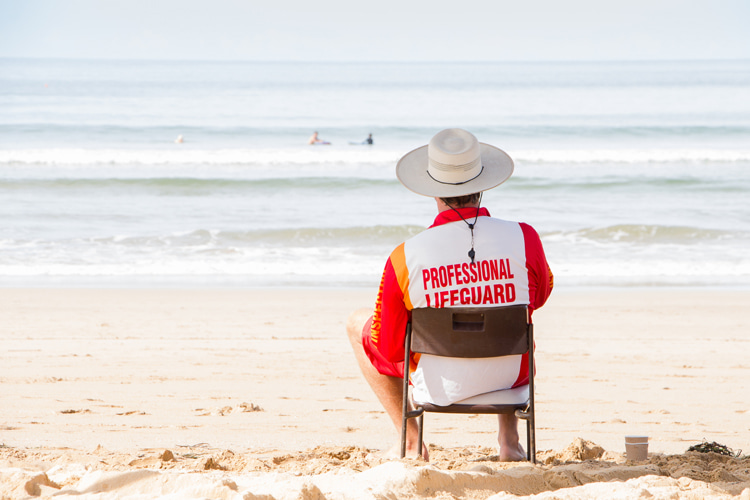Drowning is a silent and more or less short process of respiratory impairment caused by submersion in a liquid environment.
Contrary to popular belief, only a few victims wave their hands or call for help during drowning episodes.
There are several risk factors associated with drowning.
The inability to swim or poor swimming skills, extreme water conditions, epilepsy, loss of consciousness, exhaustion, lack of supervision, and alcohol consumption are the most common causes behind drowning events.
The majority of drownings - 90 percent occur at freshwater spots like swimming pools, rivers, and lakes. The remaining 10 percent takes place in the open ocean.
Although rarely, people might also drown in fluids.
And yes, people have drowned in as little as one inch (25 millimeters) of water, as well as in buckets, baths, toilets, and even puddles.
The Drowning Process
The drowning process involves four main stages:
- Oxygen deprivation;
- Water aspiration;
- Cerebral anoxia/hypoxia;
- Irreversible cerebral injury;
When a person is submerged, the initial reaction is to hold his or her breath. When that becomes no longer possible, the person will start to hyperventilate.
As a result of this automatic body response, a small amount of water enters.
This instinctive mechanism is followed by a sudden spasm of the vocal cords (laryngospasm) to block the airway and prevent water from entering the body and the lungs.
When the person is no longer able to stop this process, he or she will lose consciousness due to the lack of oxygen and will lose consciousness.
With the relaxation of the airway, water will start filling the lungs. Heart failure will result in a cardiac arrest, i.e., a sudden loss of blood flow.

Surviving Drowning
Death by drowning may occur within seconds.
In a drowning event, the longer the duration of the submersion, the higher the risk of death or poor outcome.
If the victim stays below the surface of the water between zero and five minutes, the risk of death or brain injury is 10 percent.
If a person is kept underwater for six-to-ten minutes, the chances of negative consequences rise to 56 percent.
The probability of death goes up to 88 percent if someone is submerged between 11 to 25 minutes and nearly 100 percent above that period.
People who have been rescued and revived after being submerged for ten minutes will likely live with moderate to severe brain damage.
Children have better chances of survival than older people.
A Silent Killer
The risk of drowning is higher than people think.
According to the World Health Organization (WHO), around 320,000 people lose their lives every year due to drowning, which represents seven percent of all injury-related deaths.
The truth is that drowning is actually the third leading cause of unintentional injury death across the planet.
Children, men, and people with regular access to water bodies are at the most risk of drowning.
To be more precise, 80 percent of all deaths by drowning are men.
Interestingly, deaths by drowning tend to occur mostly when the weather is warm.

Preventing Drowning
Swimming is the best defense against drowning.
Being a strong swimmer helps build confidence in the water and will prevent one from a worst-case scenario.
A deep swimming pool, the open ocean, a lake or river, and even a tank filled with water are potentially dangerous places to be if you're not a good swimmer or simply don't know how to swim.
The challenges are everywhere and for everyone, including accomplished swimmers.
Currents, abrupt changes in tides and swells, the absence of underwater visual cues, whitewater foam, riptides, and undertows can put anyone's life at risk.
If you do not feel comfortable or confident in a body of water, adopt a conservative approach and stay away from it, even if those around you tell you it's all good.
But there are also some things that can be done to prevent people from drowning.
The installation of physical barriers and fences to control access to water hazards, the removal of obstacles near swimming pools, water safety, surf lifesaving education, CPR courses for the general public, tight ferry and shipping regulations, flood risk management, and adequate warning systems can also help protect the lives of those of work in or enjoy water bodies.
Experienced surfers and trained lifeguards are responsible for a large number of near-drowning rescues.

The Dry Drowning Myth
The phenomenon of "dry drowning" has become a worldwide concept wrongfully spread by the media.
Journalists use it to describe the cases of people who inhale and subsequently cough the water out of the lungs and then die a few days or weeks later.
Dry drowning, also known or cited as delayed drowning, near drowning, or secondary drowning, is a myth that needs to be debunked.
The medical community does not accept the concept and discourages its use in any scientific publication.
Conditions and complications that can arise after a non-fatal drowning event - chemical pneumonitis, spontaneous pneumothorax, viral or bacterial pneumonia, heart attack, asthma, chest trauma, or head injury - should not be categorized as drowning.
